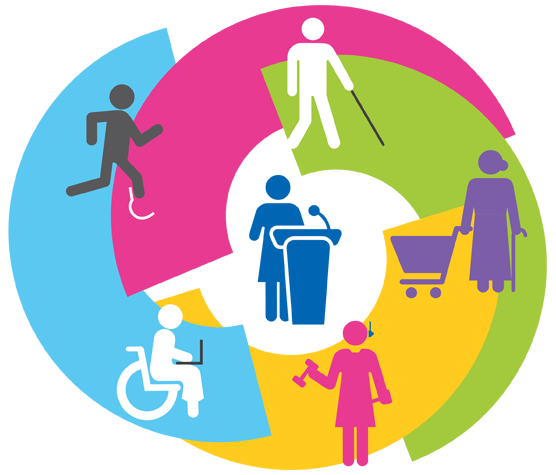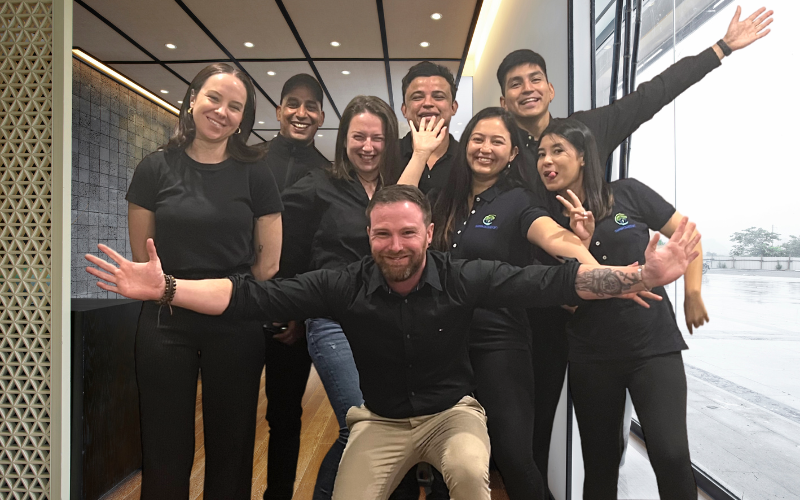Intersectionality in Disabilities: Exploring Overlapping Identities & Experiences

When we talk about disabilities, we often think of them as a singular identity. However, this overlooks the reality that individuals with disabilities often have multiple identities that intersect, including race, gender, sexuality, and socioeconomic status. This intersectionality can shape how disability is experienced and can impact access to resources and opportunities. In this blog post, we will explore the concept of intersectionality in disabilities and how it relates to the experiences of individuals with disabilities.
1. What is Intersectionality?
Intersectionality is a term coined by scholar Kimberlé Crenshaw, which describes the interconnected nature of oppressions that individuals face based on multiple identities. This term acknowledges that individuals exist at the intersection of multiple identities and experiencing oppression based on any one of these identities can impact the experiences of individuals.
2. Intersectionality in disabilities
When we consider intersectionality in disability, we need to acknowledge that individuals with disabilities have multiple identities. For example, a person who uses a wheelchair may also be a person of color who experiences racism, sexism, and classism. These multiple identities can impact access to resources, healthcare, and employment. It’s essential to recognize that disability is not just a medical issue, but also a social and political issue. Therefore, understanding disability through an intersectional lens becomes crucial for a more inclusive and equal society.
3. Overlapping identities and experiences
The intersection of identities can result in various experiences for individuals with disabilities. For instance, women with disabilities are likely to face challenges in healthcare that arise from their gender and disability. LGBTQIA+ people with disabilities face additional obstacles in accessing resources related to their sexuality and gender identification alongside their disability. Additionally, individuals with disabilities who come from low socio-economic backgrounds face significant and complex barriers in their lives. Therefore, intersectionality is essential in understanding the full spectrum of the challenges that individuals with disabilities face.
4. Benefits of Intersectionality
Understanding the intersectionality of disability can offer several benefits. Firstly, it helps in recognizing and acknowledging the unique challenges that individuals with multiple identities face. Secondly, it helps in developing a more inclusive and equitable policy and decision-making process. Lastly, an intersectional approach can promote diversity and create a more inclusive workplace. Employers who embrace diversity and intersectionality in their organization can foster a more dynamic and innovative workforce.
Conclusion
In conclusion, an intersectional approach to understanding disability is essential. The overlapping identities of individuals with disabilities create unique experiences for them, making it important to consider disability in an intersectional manner. Employing an intersectional approach in businesses and society can lead to a more inclusive and equitable world for everyone.
Book a free Consultation with us today!
Mobile : 1800960068
Email : contactus@iseeksupport.au









